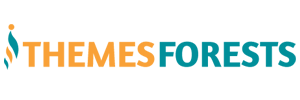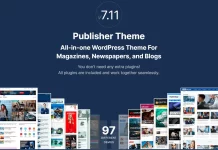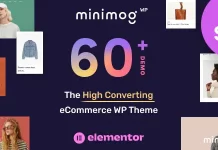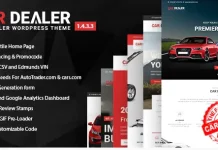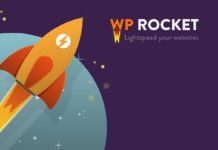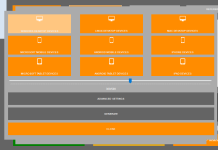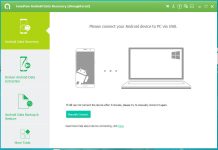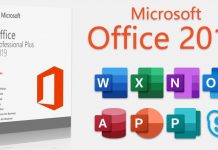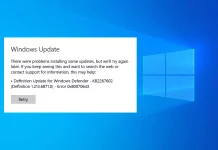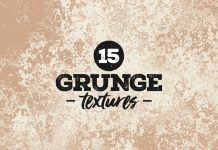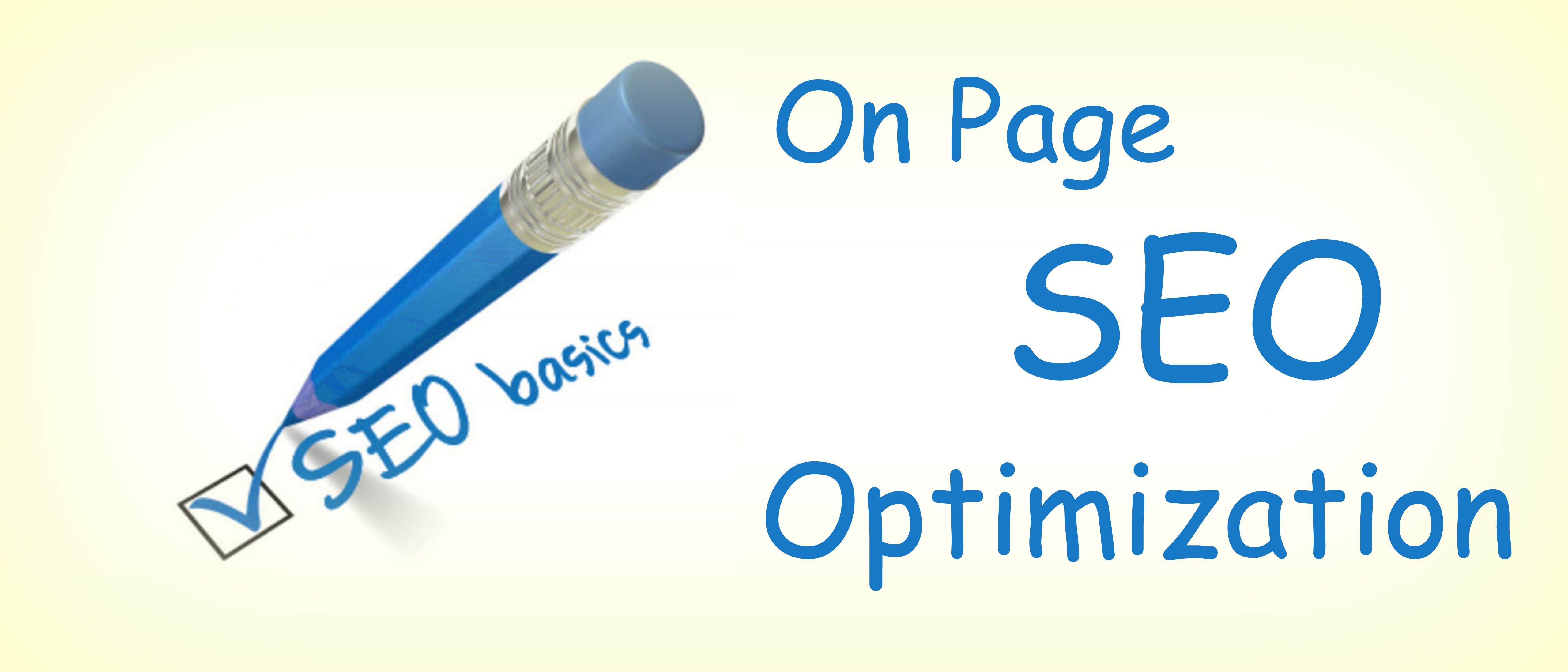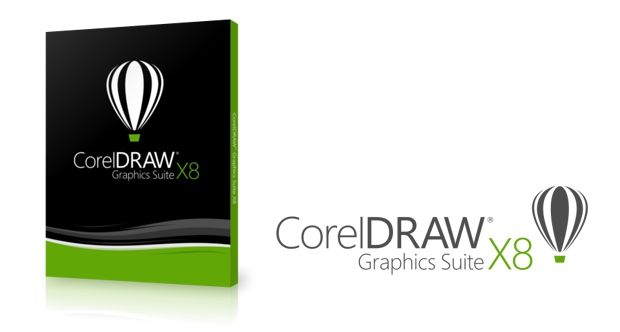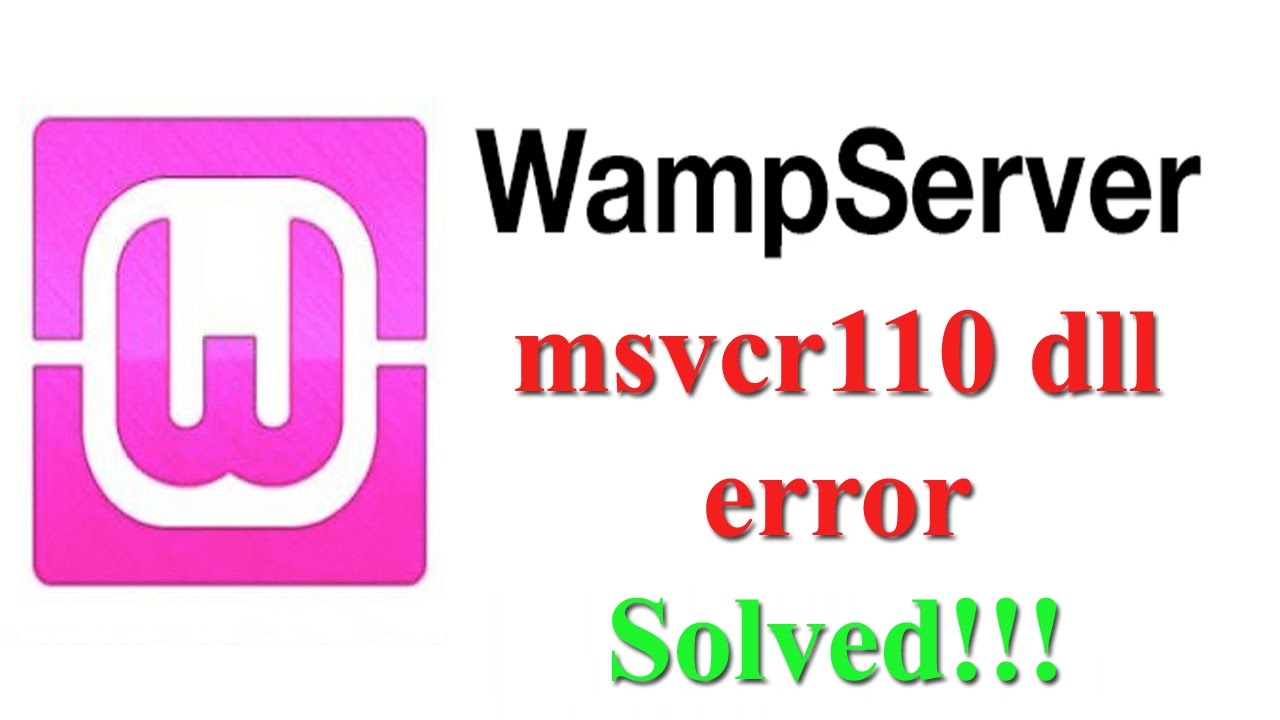“On page SEO” refers to a set of web page optimization best practices that you can apply to the pages of your website in order to improve their ranking in search engine results.let’s take a look at the correlations of all these on page SEO factors
1.Meta Tags
Meta tags are used to provide search engines with information about your page. To achieve high rankings, it has to do with relevance and user satisfaction, but including custom meta tags will influence users and increase your click-through-rate.
-
Title Tags
There are multiple tags on your page. The most important is your title tag. The title is what users see in the search engines for both organic results and paid ads, and the words that appear at the top of each tab in your browser.
If you’re working in HTML, the code for the title tag looks like this:
<title>Everything You Need to Know About On-Page SEO</title>
However, the WordPress SEO plugins allows you to create a custom title tag within the platform. Keep your title tags descriptive and short. Google recently increased the character limit for page titles to 70 characters before showing ellipses.

-
Meta Descriptions
The meta description conveys what users will find on the page. While not a direct ranking factor, search engines read the meta descriptions to determine the page’s topic and the audience that will find value.
A well-written meta description can generate a competitive advantage in the search results, creating a higher click-through rate with a greater chance of conversions.
-
Heading Tags
Your landing page or blog should include multiple heading tags, from the h1 down to a potential h6. The most important is the h1. You should never have more than one h1 tag on any page. Include multiple h2’s or h3’s as users scroll down the page. These are used as subheadings.
Use the headings to represent the different sections of the page. You’ll notice the impact from both an SEO standpoint and a usability standpoint.
2.User-Friendly Contents
As Google crawls your page, they’re looking to match user intent. Your content should clearly explain what product or service you’re offering, or the exact topic of your blog.To improve your on-page and SEO to increase your traffic, content must solve a user’s problem while being well-written without spelling or grammatical errors.
3.Internal Links and Outbound Links
Links carry the most weight in your SEO. Earning links from quality sources and authority sites strengthens the domain, while linking internally throughout the site benefits the user experience and enhances your SEO.
4.Optimize Your Images
When you’re adding images to the page, it benefits the user experience. But, you can also help your SEO strategy by optimizing the image. Make your top targeted keyword the alt text and create a title that is unique, but stays applicable to the image.
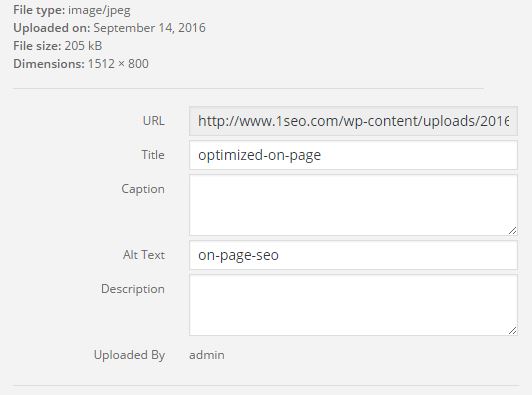
5.Mobile Responsive
For your page to be found relevant and your on-page SEO to improve, your website needs to be mobile-friendly and responsive in 2016 and beyond. Responsive websites provide the same experience with your brand no matter what device they’re using.
